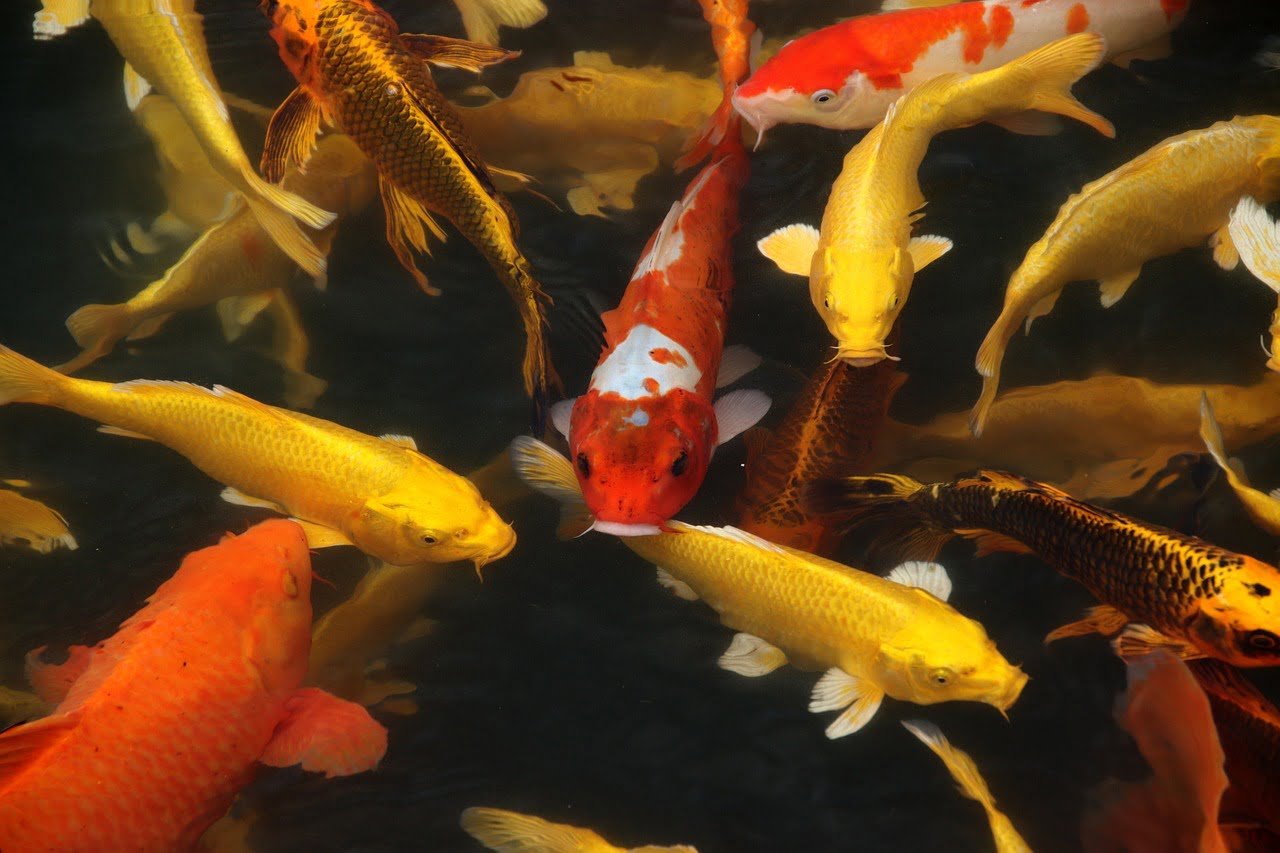Pond fish, with their mesmerizing beauty and serene presence, are a cherished addition to many outdoor landscapes. However, these aquatic wonders are not immune to various diseases that can jeopardize their health and well-being. Understanding the intricacies of pond fish diseases is vital for any enthusiast or caretaker. This comprehensive guide delves deep into the most prevalent diseases affecting pond fish, offering insights into their causes, symptoms, prevention strategies, and treatment modalities.
Pond Fish Diseases
Pond fish, which encompass a diverse range of species from koi and goldfish to native varieties, are constantly exposed to potential threats. These threats can be environmental, such as water quality fluctuations, or biological, like parasites and bacteria. A holistic understanding of these diseases is essential for creating a harmonious and thriving pond ecosystem.
Common Pond Fish Diseases and Their Causes
a. White Spot Disease (Ichthyophthirius multifiliis): This parasitic infection is perhaps the most widespread among pond fish. The disease presents as white cysts on the fish’s skin, fins, and gills. These cysts, or “white spots,” irritate and lead to secondary bacterial infections if left untreated.
b. Fin Rot: A bacterial infection primarily affecting the fins, fin rot is characterized by the deterioration and erosion of fin tissue. It often occurs due to injuries, stress, or poor water quality, providing an entry point for bacterial pathogens.
c. Dropsy: Dropsy is not a disease in itself but a symptom of an underlying issue, often related to kidney or liver malfunction, bacterial infections, or internal parasites. It results in fluid accumulation, causing the fish to appear swollen or “pinecone-like.”
d. Gill Diseases: These encompass various conditions affecting the gills, including gill flukes, bacterial infections, and environmental stress. Gill diseases impair the fish’s respiratory function, leading to oxygen deprivation and subsequent health issues.
Recognizing Symptoms of Pond Fish Diseases
Early detection can be the difference between successful treatment and devastating losses. Here are some telltale signs to watch for:
- Visible Lesions and Abnormalities: White spots, ulcers, or discolorations on the fish’s body or fins.
- Behavioral Changes: Lethargy, loss of appetite, erratic swimming patterns, or hovering near the water surface.
- Respiratory Distress: Labored breathing, gasping at the water’s surface, or excessive mucus production.
- Physical Anomalies: Swelling, bloating, protruding eyes, or unusual growths.
Prevention Strategies for Pond Fish Diseases
Prevention is undeniably the cornerstone of maintaining a healthy pond ecosystem. Implementing proactive measures can significantly reduce the risk of disease outbreaks:
a. Quarantine Procedures: Always quarantine new additions to the pond in a separate tank for a minimum of two weeks. This allows for observation and treatment of any potential diseases before introducing them to the main pond population.
b. Water Quality Management: Regularly test and monitor water parameters, including pH, ammonia, nitrites, and nitrates. Ensure adequate filtration, aeration, and conduct periodic water changes to maintain pristine conditions.
c. Avoid Overcrowding: Overpopulation can lead to increased stress, competition for resources, and elevated disease transmission rates. Always consider the pond’s capacity and ensure ample space for each fish.
d. Nutritional Balance: Offer a diverse and balanced diet tailored to your fish species’ needs. Overfeeding should be avoided, as it can degrade water quality and compromise fish health.
e. Regular Monitoring: Dedicate time each day to observe your fish closely. Familiarize yourself with their normal behavior and appearance, enabling you to detect any deviations promptly.
Treatment Approaches for Pond Fish Diseases
When disease strikes, timely and appropriate intervention is crucial. Here are some effective treatment options:
a. Medications: Specific medications targeting parasites, bacteria, or fungi can be administered. Always consult with a veterinarian or aquatic specialist for accurate diagnosis and treatment recommendations.
b. Salt Treatments: For diseases like ich, short-term salt baths or elevated salt levels in the pond can be beneficial. However, caution must be exercised, as not all fish species tolerate salt treatments well.
c. Antibiotic Treatments: For bacterial infections, antibiotics can be administered through medicated food, injections, or water treatments. Ensure correct dosage and duration as per the veterinarian’s guidance.
d. Herbal and Natural Remedies: Some pond owners opt for natural treatments, including herbal extracts, probiotics, and beneficial bacteria supplements. While these can be effective for certain conditions, their efficacy and safety vary among different species and diseases.
Post-Treatment Care and Considerations
After initiating treatments, ongoing care and monitoring are essential:
- Isolation: Consider isolating affected fish during treatment to prevent disease spread.
- Optimal Conditions: Maintain pristine water quality, optimal temperature, and low stress levels to facilitate recovery.
- Dietary Support: Offer a nutritious diet supplemented with vitamins and immune-boosting additives to aid in healing and recuperation.
Conclusion
Pond fish diseases pose significant challenges to enthusiasts and caretakers worldwide. However, armed with knowledge, vigilance, and proactive management strategies, it is possible to create a resilient and thriving pond ecosystem. By prioritizing prevention, timely intervention, and holistic care, pond enthusiasts can enjoy the beauty and serenity of their aquatic pets for years to come. Always remember that the well-being of your fish is a reflection of the health of their environment, emphasizing the importance of maintaining a balanced and harmonious pond ecosystem.
